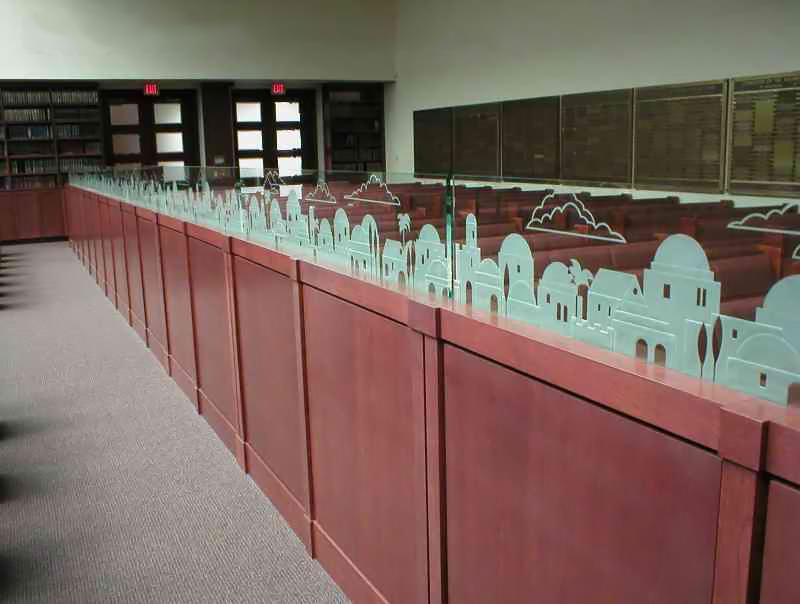|
Mechitza
A ''mechitza'' ( he, מחיצה, partition or division, pl.: , ) in Judaism, is a partition, particularly one that is used to separate men and women. The rationale in halakha (Jewish law) for a partition dividing men and women is derived from the Babylonian Talmud. A divider in the form of a balcony was established in the Temple in Jerusalem for the Simchat Beit HaShoeivah ceremony, a time of great celebration and festivity. The divider was first established to preserve modesty and attention during this time. During the mid-20th century, a substantial number of Orthodox synagogues did not have mechitzot. However, the Orthodox Union (OU), the main body of Modern Orthodox synagogues in the United States, adopted a policy of not accepting as new members synagogues without mechitzot, and strongly encouraged existing synagogues to adopt them. Men and women are generally not separated in most Conservative synagogues, but it is a permissible option within Conservative Judaism; some Co ... [...More Info...] [...Related Items...] OR: [Wikipedia] [Google] [Baidu] |
Orthodox Judaism
Orthodox Judaism is the collective term for the traditionalist and theologically conservative branches of contemporary Judaism. Theologically, it is chiefly defined by regarding the Torah, both Written and Oral, as revealed by God to Moses on Mount Sinai and faithfully transmitted ever since. Orthodox Judaism, therefore, advocates a strict observance of Jewish law, or ''halakha'', which is to be interpreted and determined exclusively according to traditional methods and in adherence to the continuum of received precedent through the ages. It regards the entire ''halakhic'' system as ultimately grounded in immutable revelation, and beyond external influence. Key practices are observing the Sabbath, eating kosher, and Torah study. Key doctrines include a future Messiah who will restore Jewish practice by building the temple in Jerusalem and gathering all the Jews to Israel, belief in a future bodily resurrection of the dead, divine reward and punishment for the righteous and ... [...More Info...] [...Related Items...] OR: [Wikipedia] [Google] [Baidu] |
Firzogerin
A ''firzogerin'', (; ), alternately ''vorsangerin'', ''foreleiner'', ''zugerin'', or ''zugerke'', was a historic role in the synagogue for a learned Jewish woman leading women in prayer from the ''weibershul'' (women's gallery or annex) as a precentress, parallel to the main service led by a male chazzan. Role Gender-segregated seating within synagogues was common from the early Middle Ages well into the modern period. The ''firzogerin'' stood in the front of the women's gallery, balcony, or annex and translated the Hebrew prayers into the vernacular language for the other women who had come to pray. Sometimes the ''firzogerin'' translated more or less exactly; other times she translated freely and added her own interpretation. This parallel prayer system was probably welcome to women for whom the Hebrew liturgy, due to their lack of education, was largely incomprehensible. The ''firzogerin'' attained her status because she was more knowledgeable than most women, often acquir ... [...More Info...] [...Related Items...] OR: [Wikipedia] [Google] [Baidu] |


.jpg)